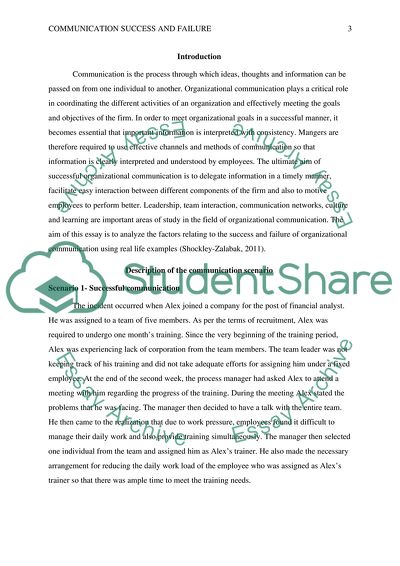Cite this document
(Organisational Communication Processes Case Study Example | Topics and Well Written Essays - 2000 words - 2, n.d.)
Organisational Communication Processes Case Study Example | Topics and Well Written Essays - 2000 words - 2. https://studentshare.org/social-science/1839767-organisational-communication-processes-underlying-communication-success-and-failure
Organisational Communication Processes Case Study Example | Topics and Well Written Essays - 2000 words - 2. https://studentshare.org/social-science/1839767-organisational-communication-processes-underlying-communication-success-and-failure
(Organisational Communication Processes Case Study Example | Topics and Well Written Essays - 2000 Words - 2)
Organisational Communication Processes Case Study Example | Topics and Well Written Essays - 2000 Words - 2. https://studentshare.org/social-science/1839767-organisational-communication-processes-underlying-communication-success-and-failure.
Organisational Communication Processes Case Study Example | Topics and Well Written Essays - 2000 Words - 2. https://studentshare.org/social-science/1839767-organisational-communication-processes-underlying-communication-success-and-failure.
“Organisational Communication Processes Case Study Example | Topics and Well Written Essays - 2000 Words - 2”. https://studentshare.org/social-science/1839767-organisational-communication-processes-underlying-communication-success-and-failure.


